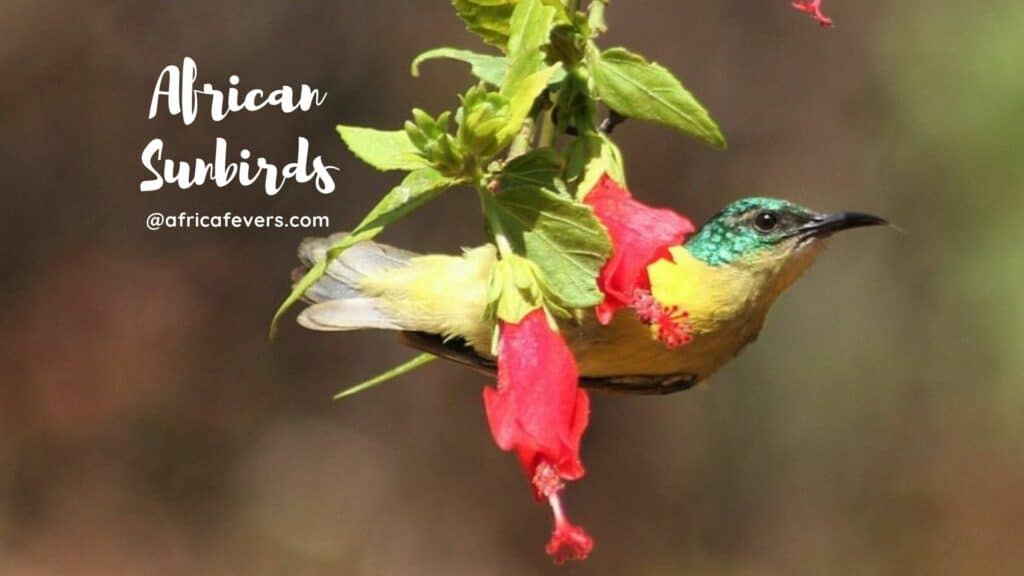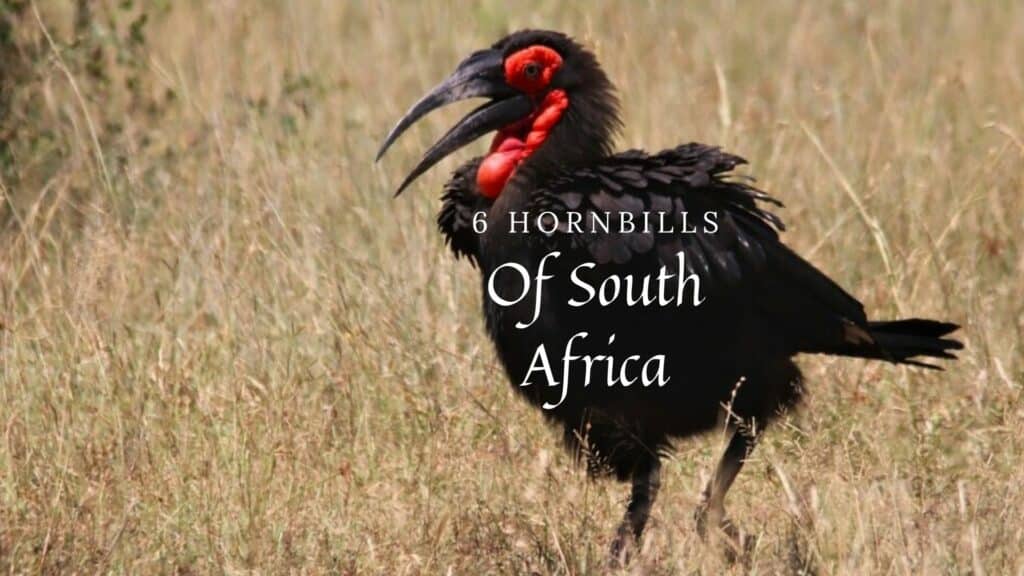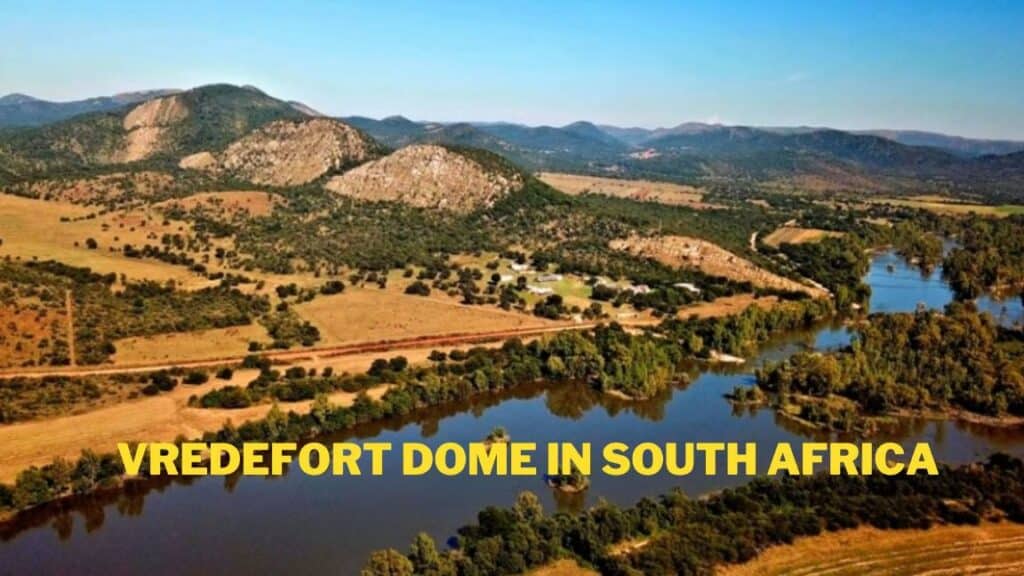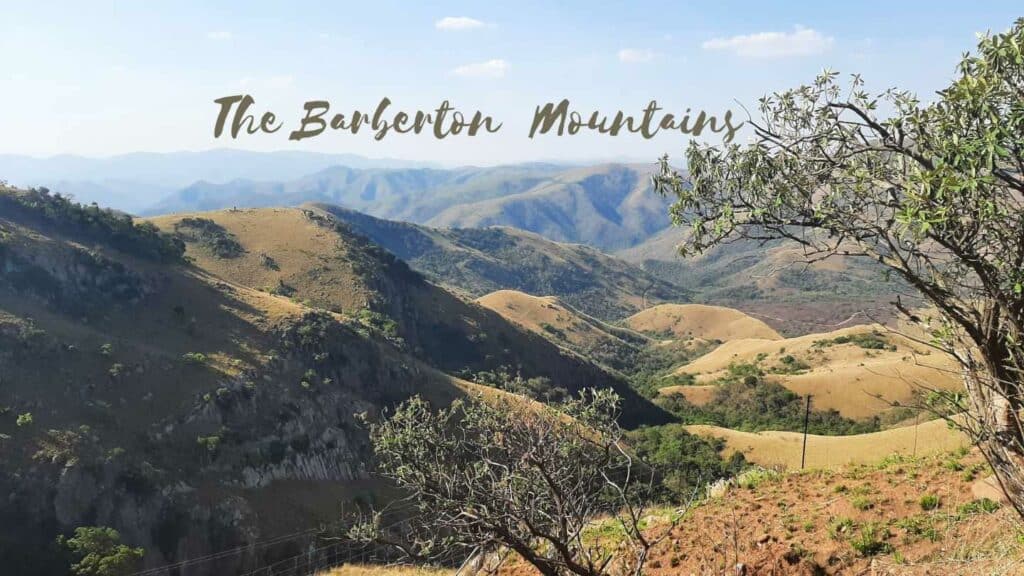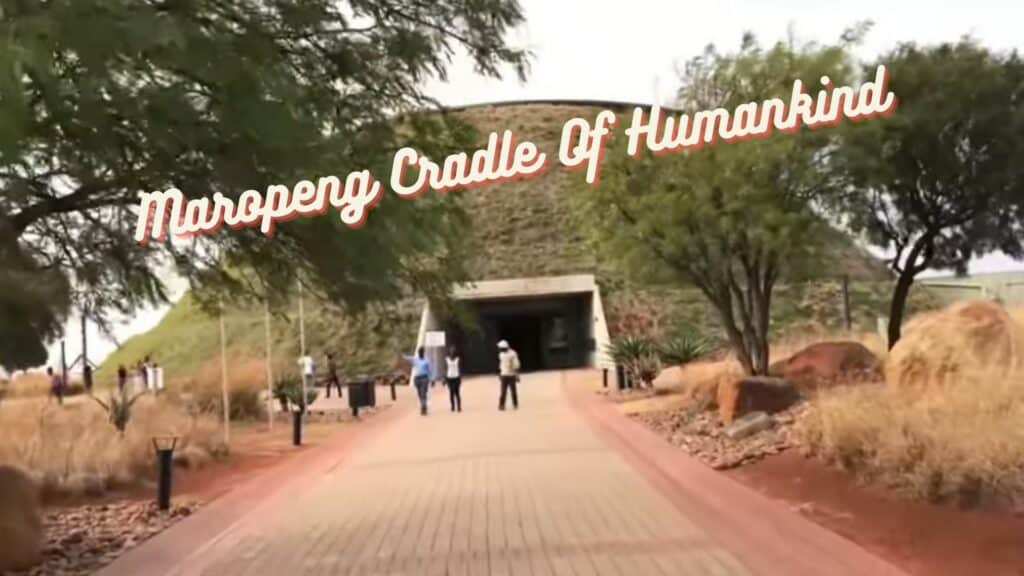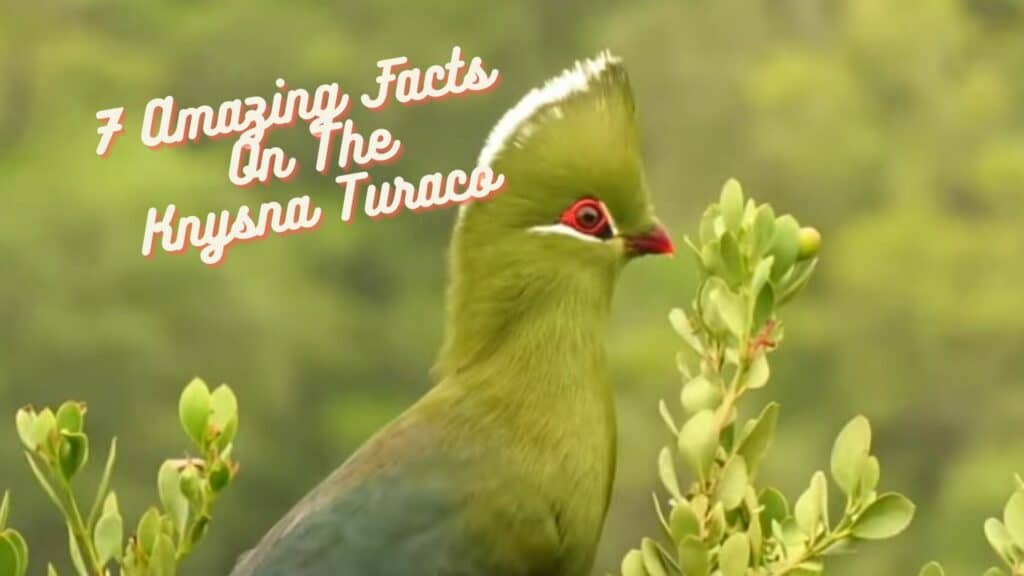When people think about a safari in South Africa, they usually picture elephants, lions, or a leopard draped over a tree. But if you look a little closer to the ground, you’ll notice a whole different world: small antelopes that survive by being quick, quiet, and incredibly well adapted.
On my last visit to Kruger, I spotted a klipspringer standing perfectly balanced on a boulder in the distance. It was such a tiny moment compared to the “big sightings,” yet somehow just as memorable. Especially because this picture was taken with my Nikon Coolpix P950, and I was surprised it could just DO THAT from that distance, cool hahaha!
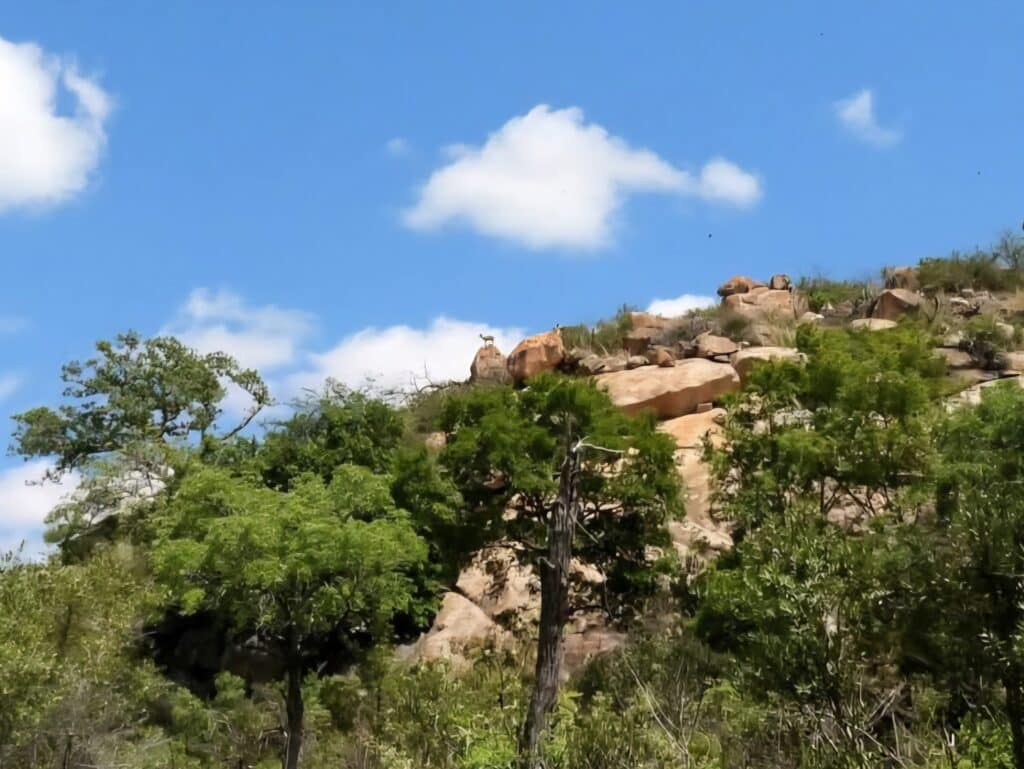

That’s the charm of these small antelopes: they often appear unexpectedly, and you feel lucky every time.
This article focuses on three of the most commonly spotted small antelopes in Southern Africa: klipspringers, steenboks, and duikers.
Klipspringer – The Acrobat of the Rocks
Klipspringers live on rocky hillsides and boulders, using their unique tiptoe hooves to stay balanced on steep slopes. They move with quick, precise jumps that look almost effortless.
If you are a birdwatcher, you might be used to using ‘that feeling’ or that ‘little corner in your eye’, that notice ‘something’, but you don’t know what it is yet. Just stop, take out your binoculars, and LOOK in the distance! It’s not always about luck, and trust me: you mostly see these animals only when you do a self-drive.
In my opinion, rangers mostly look for the big five, which is fine, of course, if you just want that 😉
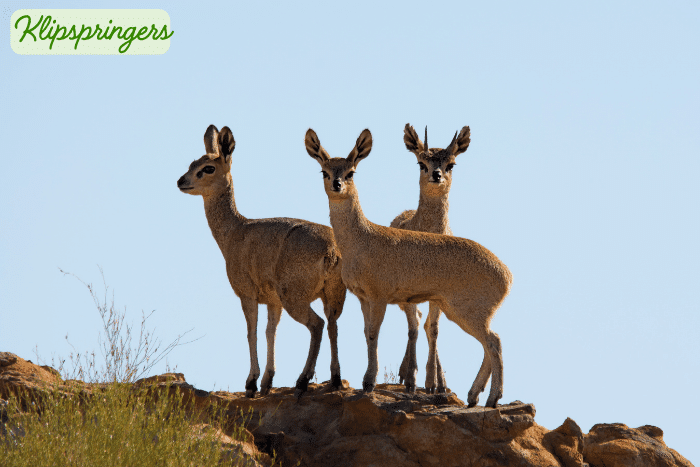
What makes them special
- They form lifelong pairs and share a territory.
- They rely on plant moisture rather than drinking water.
- Their escape is always upward — a huge advantage on rocky terrain.
Where klipspringers live
They’re found across Southern and Eastern Africa. Good places to see them include:
- Kruger National Park
- Marakele National Park
- Blyde River Canyon
- Drakensberg
- Etosha (Namibia)
- Serengeti & Ngorongoro rim (Tanzania)
Steenbok – The Lone Rangers of the Bushveld
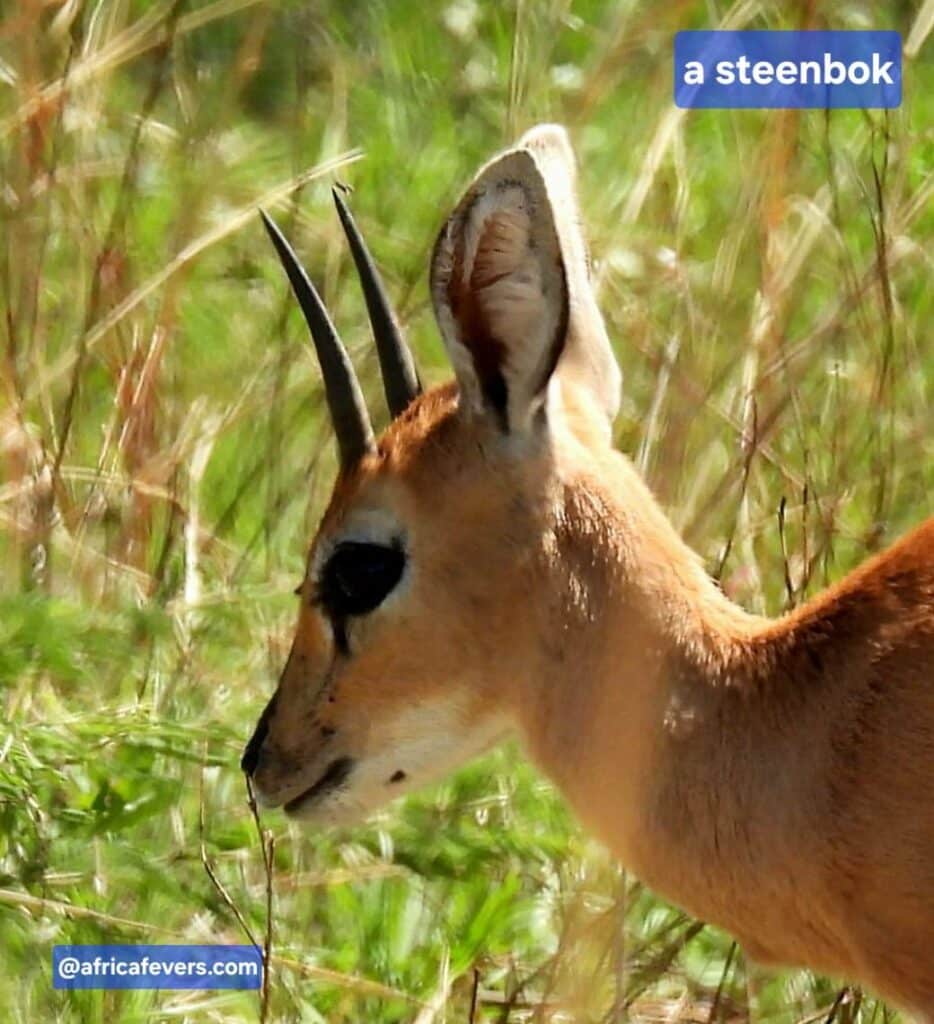
Steenboks are small, tidy, and almost always alone. They prefer open bushveld and grassland, where their reddish coats blend perfectly with the environment.
We have seen them in many places around South Africa when we were touring around.
What makes them unique
- They dig and reuse small dung pits.
- Their first defense is freezing completely.
- They form pair bonds but feed separately most of the time.
🎥 Watch this Short on YouTube
Where steenboks live
Widespread in:
- South Africa (Kruger, Kgalagadi, Addo)
- Namibia
- Botswana
- Zimbabwe
- Parts of East Africa
Duikers – Masters of the Disappearing Act
Duikers get their name from their trademark behaviour: they “dive” headfirst into thick bush when startled. Sightings are usually fast — a flick of movement and then nothing. They are pretty hard to photograph!
Interesting behaviours
- They freeze under cover, becoming almost invisible.
- They browse on fruits, flowers, and leaves.
- Some species will stand their ground against small predators.
🎥 Watch this Short on YouTube
Where duikers live
Duikers are found all over Sub-Saharan Africa, but are commonly seen in:
- Kruger National Park
- Eastern Cape coastal forests (blue duiker)
- Namibia, Botswana, Zimbabwe
- Kenya, Tanzania, Uganda
How These Small Antelopes Outsmart Predators
Camouflage
Their coats blend perfectly with rocks, grass, or forest shadows.
Stillness
Freezing helps them avoid being noticed by predators relying on movement.
Agility
Klipspringers climb, steenboks zigzag, and duikers vanish into dense bush.
Small, Familiar Territories
They know every hiding spot within their home range.
Pair Bonds
Klipspringers and steenboks watch for danger as a team.
Where to Spot These Small Antelopes in South Africa
- Kruger National Park
- Marakele National Park
- Blyde River Canyon & Drakensberg
- Addo Elephant National Park
- Kgalagadi Transfrontier Park
- Eastern Cape & KZN forests (blue duiker)
Quick Identification Guide: Klipspringer, Steenbok, and Duiker
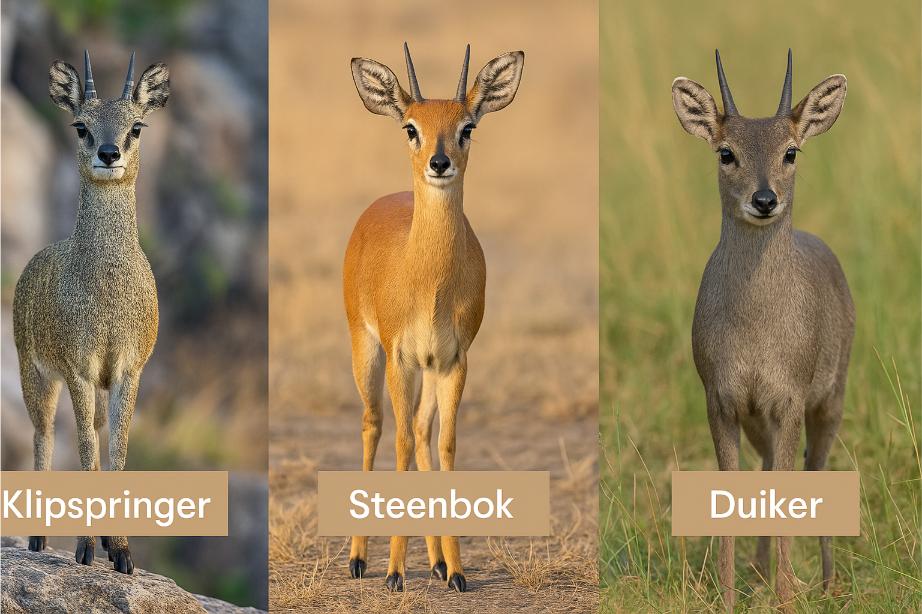
Having trouble telling these small antelopes apart? The table below just might help you!
| Klipspringer | Small compact body; fluffy grey “salt-and-pepper” coat; stands on tiptoe hooves; males have short straight horns; usually seen standing still on rocks or boulders. |
| Steenbok | Slender and delicate; smooth reddish-brown coat; very large pointed ears; males have upright straight horns; usually seen alone and often freezes in open grass. |
| Common / Grey Duiker | Stockier than a steenbok; grey-brown coat; smaller ears; head carried low when moving; males have backward-slanting horns; known for quickly diving into bushes when startled. |
| Blue Duiker | Very small (about the size of a house cat); dark bluish-grey coat; tiny ears; compact round body; seen in shady forest areas, moving close to the ground. |
FAQ About Small Antelopes in South Africa
Are klipspringers only found in South Africa?
No, they also occur in Namibia, Botswana, Zimbabwe, Kenya, Tanzania, and Ethiopia.
What’s the smallest antelope in South Africa?
The blue duiker, around 4–5 kg.
Can I see these small antelopes on self-drive safaris?
Yes. Kruger is great for steenboks and duikers, and klipspringers are often seen on rocky outcrops.
Are they dangerous?
No. They avoid humans and pose no threat.
Conclusion
Small antelopes may not be as famous as lions or elephants, but spotting them adds a completely different kind of excitement to a safari. Once you learn their habits and where they like to hide, you start noticing them everywhere: on rocks, in the grass, or vanishing into a thicket.
If you’ve come across any of these little antelopes during your own travels, feel free to share your sighting in the comments. I’d love to hear your stories!
Happy travels!
Kind regards,
Lizzy
I now have a YouTube channel as well!
YouTube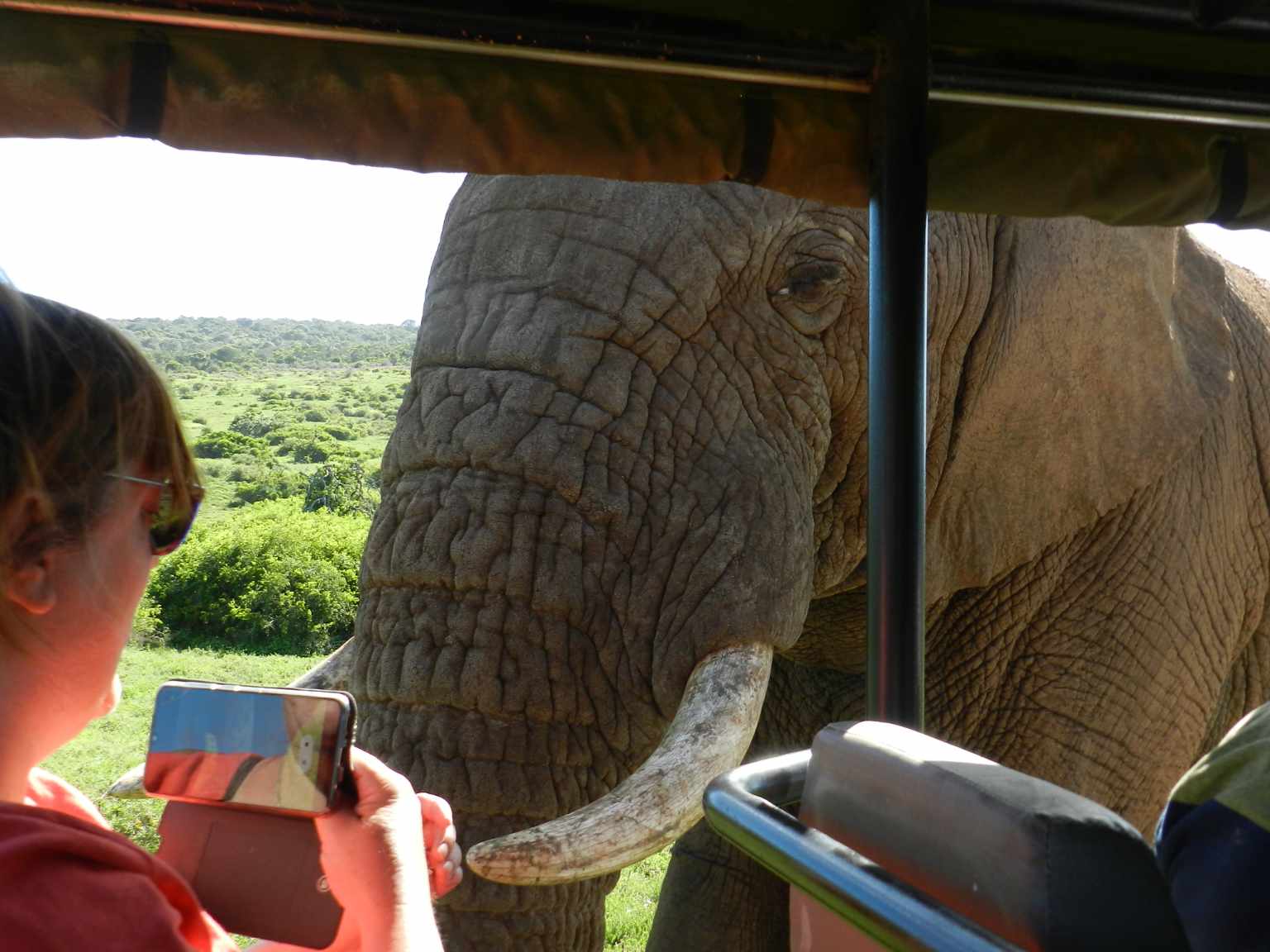
Hello Africa travellers!
Who am I? Well, the least you can say is that I am quite crazy about Africa, its nature, its climate, its culture, and more.
As a young woman in my twenties, I had already traveled to several African countries by traveling along in an overlander on my own and mostly camping ( or glamping ) and just fell in love with the diversity of it all.
So much, so that at the age of 26, I went back to university to study biology, which, unfortunately, I couldn’t finish because of health reasons (yes, I got sick from a tropical disease, oh cynicism). But this did not stop my dream of traveling back to Africa several times, and I still do.
My dream was back then to leave Europe and go study animal behavior, especially the elephants (sure, that’s every girl’s dream haha), but I am also very much intrigued by hyenas and other “ugly African animals“.
So, I “kind of” have a little bit of a scientific approach to my articles, when I write about African birds, for example. And most of all: the passion.
But life goes on, you move from one side of the country to the other, you get sick again and top it off with lower back problems, and before you know it, you are over 50 hahaha!
Now, I still travel to Africa, but take it a bit “easier” than the good old camping days, and stay in comfortable, yet affordable accommodations, together with my husband Wouter.
These are some of the countries I have traveled to: Kenya, Tanzania, Zanzibar, Malawi, Zambia, Zimbabwe, South Africa, Namibia, Botswana, Tunisia, and a little bit of Lesotho LOL .
While clearly not being African territory, but Spanish, I also visited Gran Canaria and Tenerife, and location-wise, I consider them “African”, because of their climate and nature, sue me :-p
The last trip I took was to South Africa in the year 2023, and it sure got the fevers for Africa back! From the Barberton mountains to the Drakensberg and the Southcoast, one month wasn’t enough at all to see the whole country, so we’ll be back! At ease and with a little bit more luxury than in my younger days haha!
I wish you happy travels!
Kind regards
Lizzy

